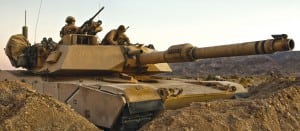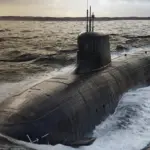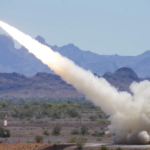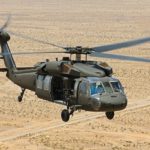
Before the Army can modernize its vehicles and equipment, it has to identify legacy gear and then free up money by unceremoniously getting rid of what it no longer needs, the service’s top uniformed acquisition official said on Wednesday.“If we are going to modernize, we have to start with understanding those things we are not going to keep, because it is costing us money,” Lt. Gen. Michael Williamson, principal military deputy to the assistant secretary of the Army for acquisition,…

 By
By 











